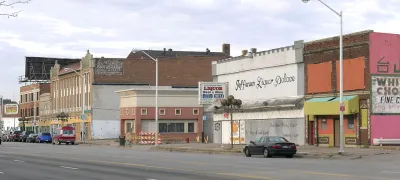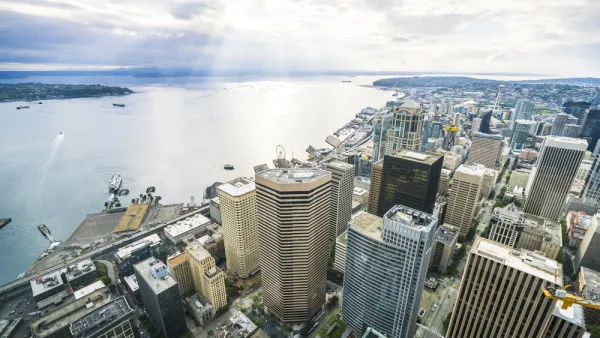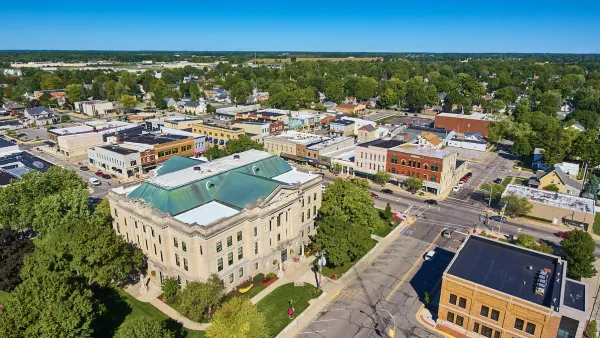The dichotomy in economic outcomes around the country won't be solved by one-off competitions like the bidding process to land Amazon's second headquarters.

After the process to site Amazon's second headquarters entered a dramatic new stage this week, the nation is left again to evaluate what the spectacle reveals of economic development strategy in the United States. According to Mark Muro and Amy Liu, "while the fall’s 'Amazon Idol' competition is garnering high ratings, the fact remains that it is a major distraction from the glaring need for the country to systematically think about a much larger development problem—the nation’s gaping regional prosperity divides."
Instead of "Amazon Idol," Muro and Liu propose a recommitment to regional growth. "At present, America possesses no strategy—let alone serious policies—for addressing the uneven allocation of growth across the nation’s 50 states and hundreds of metropolitan areas," according to Muro and Liu, who detail the landscape of economic development around the United States under the current political regime.
Muro and Liu identify a few useful existing precedents, both in theory and in practice, to "hack together some basic outlines of what policymakers, especially the federal government, might do to push back against the nation’s geographical distress."
Here's are two "watchwords" that organize their recommendations, with more details included in the source article: 1) "Make spatially balanced growth a priority" and 2) "Maintain (don’t cut) existing policies that enhance U.S. competitiveness—and support regional development."
[Editor's note: This article is from September 2017, but we share it this week due to its relevance to current events.]

Analysis: Cybertruck Fatality Rate Far Exceeds That of Ford Pinto
The Tesla Cybertruck was recalled seven times last year.

National Parks Layoffs Will Cause Communities to Lose Billions
Thousands of essential park workers were laid off this week, just before the busy spring break season.

Retro-silient?: America’s First “Eco-burb,” The Woodlands Turns 50
A master-planned community north of Houston offers lessons on green infrastructure and resilient design, but falls short of its founder’s lofty affordability and walkability goals.

Test News Post 1
This is a summary

Analysis: Cybertruck Fatality Rate Far Exceeds That of Ford Pinto
The Tesla Cybertruck was recalled seven times last year.

Test News Headline 46
Test for the image on the front page.
Urban Design for Planners 1: Software Tools
This six-course series explores essential urban design concepts using open source software and equips planners with the tools they need to participate fully in the urban design process.
Planning for Universal Design
Learn the tools for implementing Universal Design in planning regulations.
EMC Planning Group, Inc.
Planetizen
Planetizen
Mpact (formerly Rail~Volution)
Great Falls Development Authority, Inc.
HUDs Office of Policy Development and Research
NYU Wagner Graduate School of Public Service




























